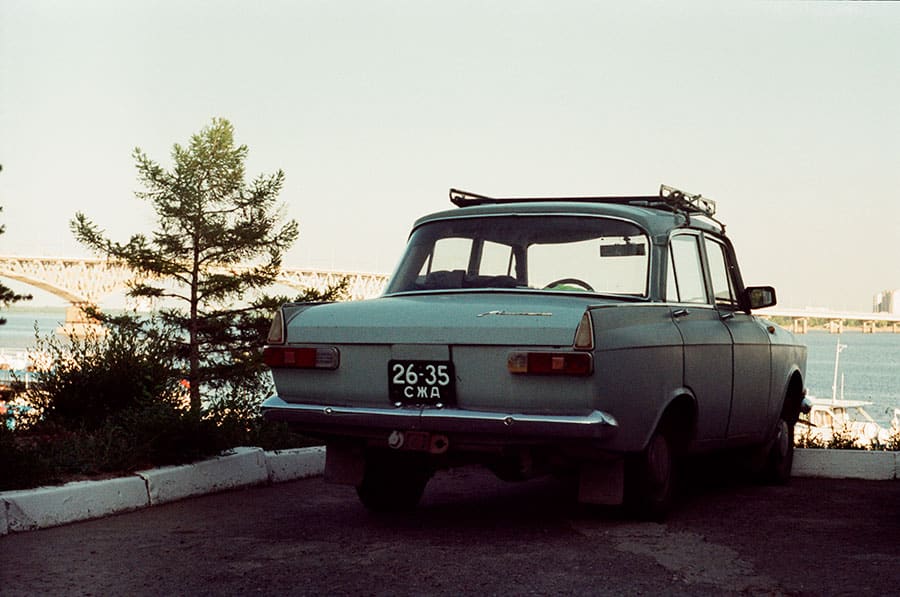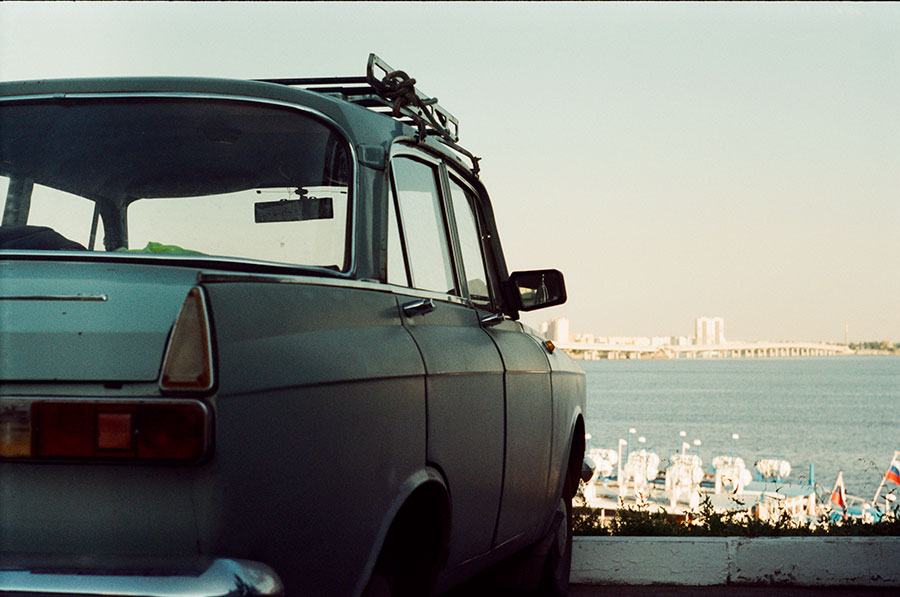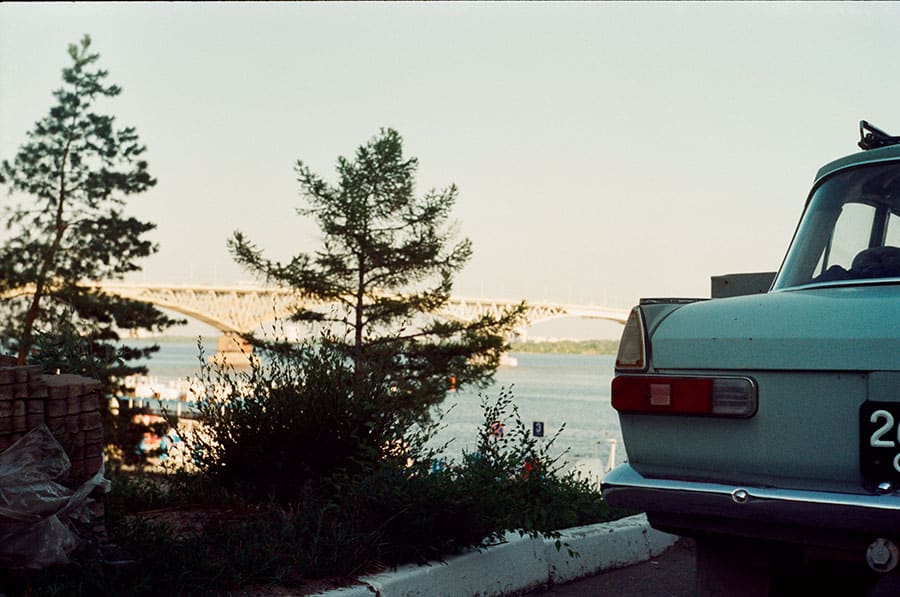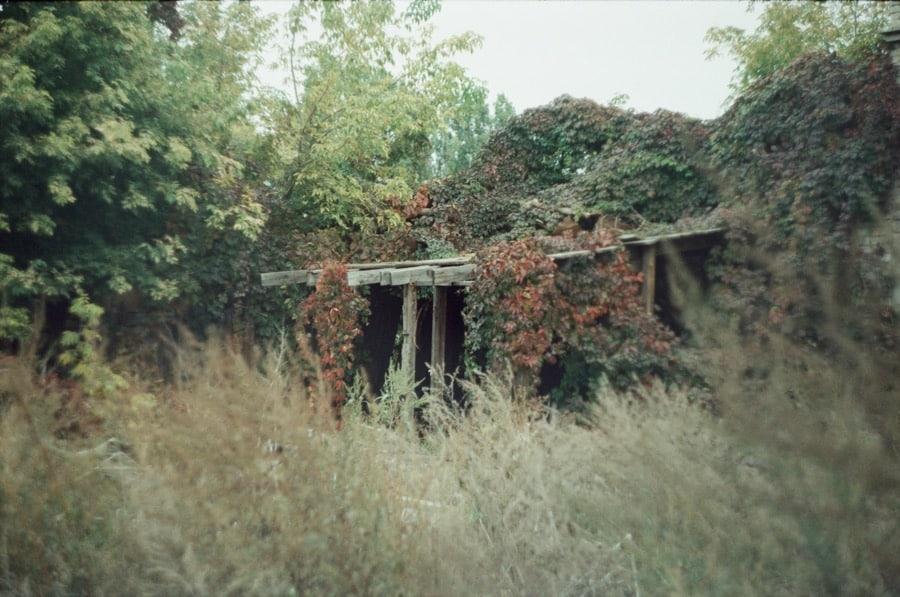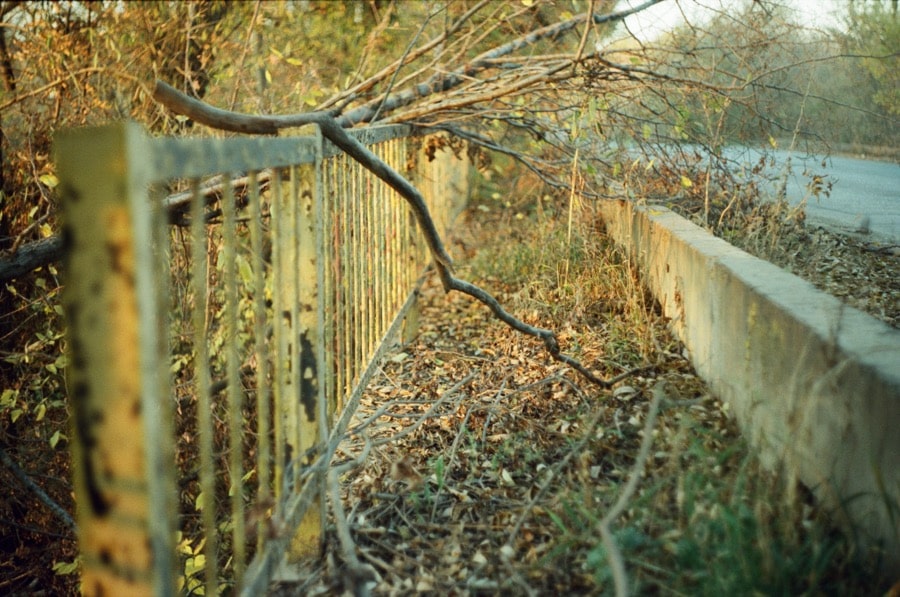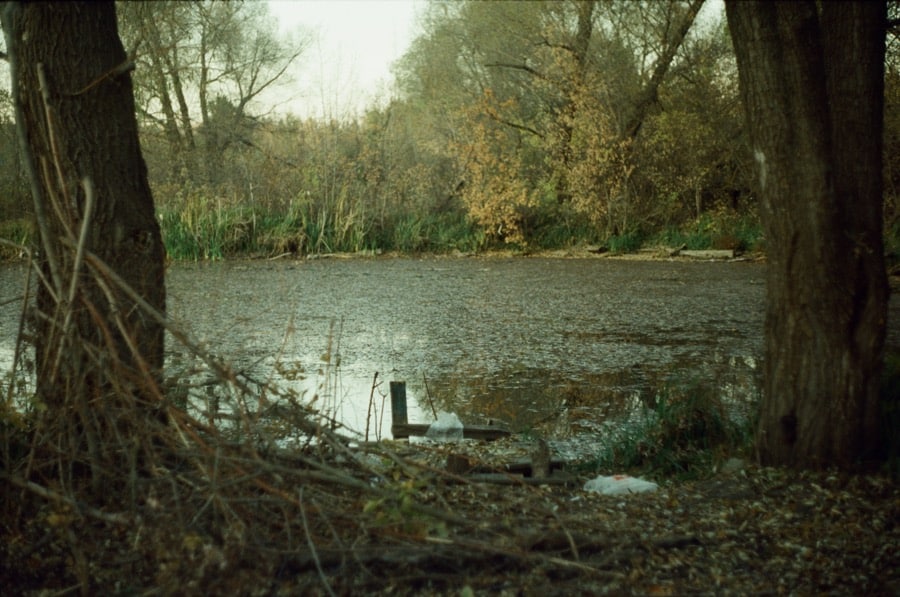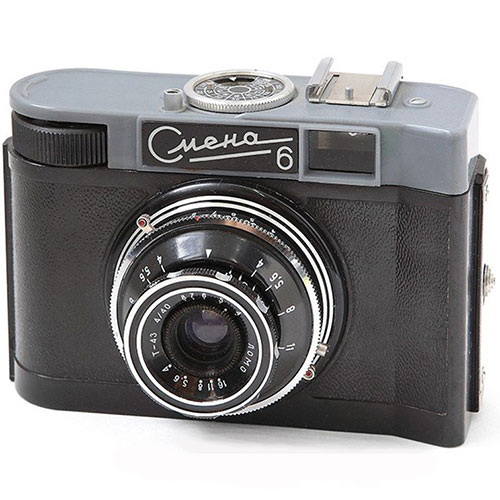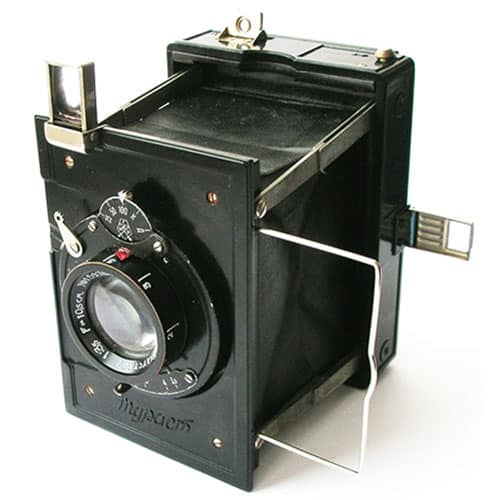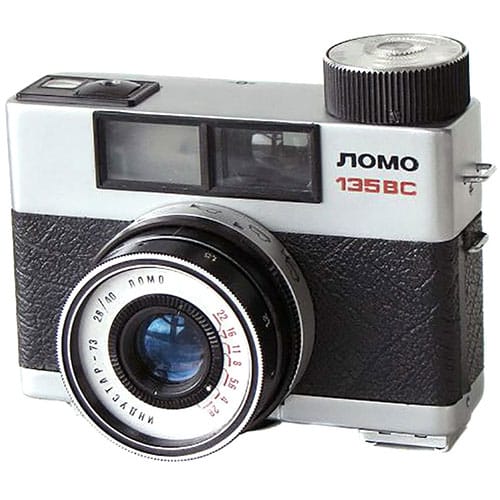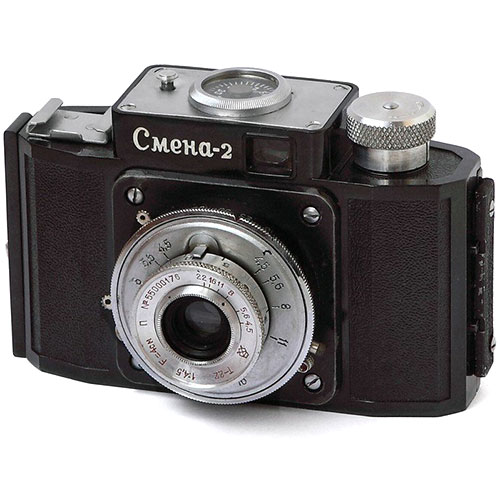Zenit-15M
Zenit-15M is a Belarusian SLR film camera that was produced after the collapse of the USSR at the BelOMO plant in the 1990s.
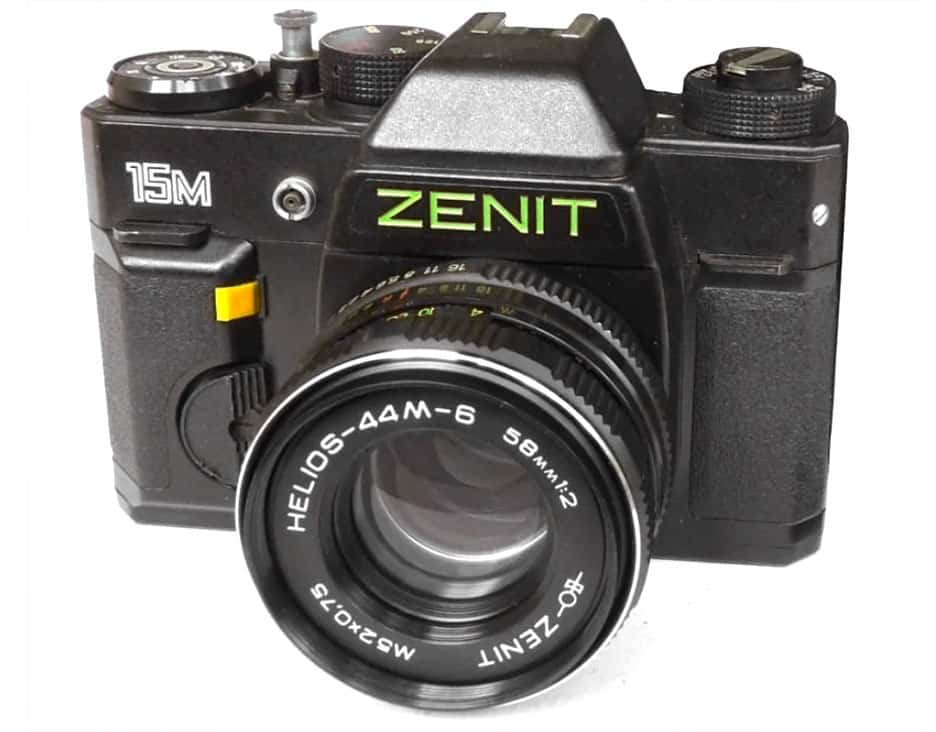
The Zenit-15M camera was developed on the basis of the Zenit-12xp camera, but differs from it in that it has a plastic body and a modified self-timer design.
Zenit-15m Specifications
- Type: 35mm SLR camera
- Manufacturer: BelOMO plant
- Production period: 1990s
- Format: 24x36cm on 135 film
- Lens mount: m42 thread mount
- Lens: Helios-44m f2.0/58
- Viewfinder image field size: 20×28mm
- Shutter: focal-plane shutter with speeds from 1/30 to 1/500 sec.
- Viewfinder: SLR with non-removable pentaprism
- Lighmeter: built-in TTL light meter
- Flash synchronisation: sync socket “X”, sync speeds from 1/30 s and longer.
- Selftimer: mechanical
- Weight: 780 grams

Like all previous models, the Zenit-15M is made for the M42 threaded mount, which means that a huge variety of interesting Soviet lenses can be used with this soviet SLR.
Due to the fact that the body of Zenit-15M is made of plastic, it is noticeably lighter than the earlier metal Zenit. In addition, this film SLR has a protrusion for the right hand that allows you to hold this camera more comfortably.
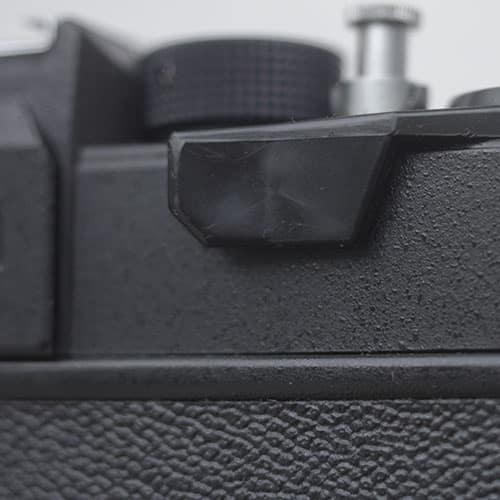
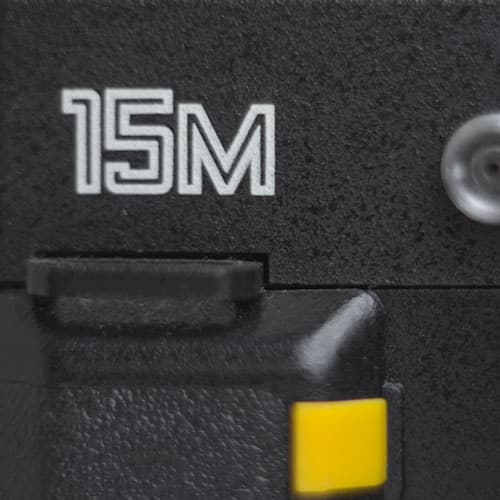
This camera has much in common with the Zenit-122, which was produced at about the same time at the KMZ plant. But if we compare these two cameras, Zenit-122 seems to us a more pleasant and comfortable camera due to more pleasant materials and noticeably better build quality.

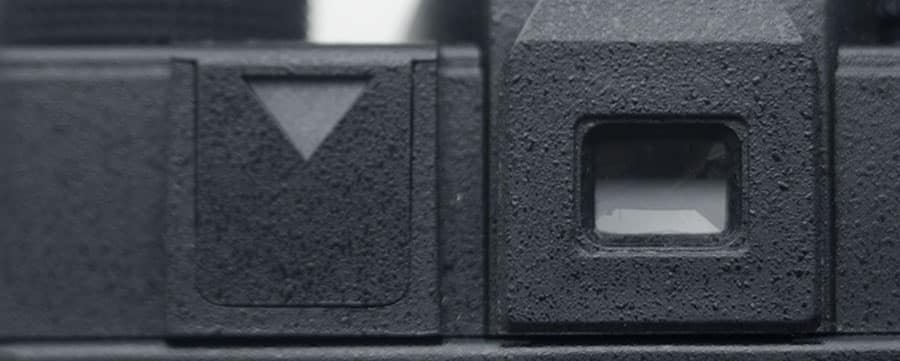
The Zenit-15M camera has a fully manual control. For the full operation of shutter speeds and other mechanisms, no batteries are required. Batteries are required in this camera only to power the built-in TTL light meter.
Zenit-15M has a semi-automatic aperture control. It is necessary to manually set the value of aperture on the lens, and when the shutter button is pressed halfway, the aperture is closed by the drive to the set value. The light meter has no electrical connection with the lens, so you can to use early lenses with m42 threaded mount.
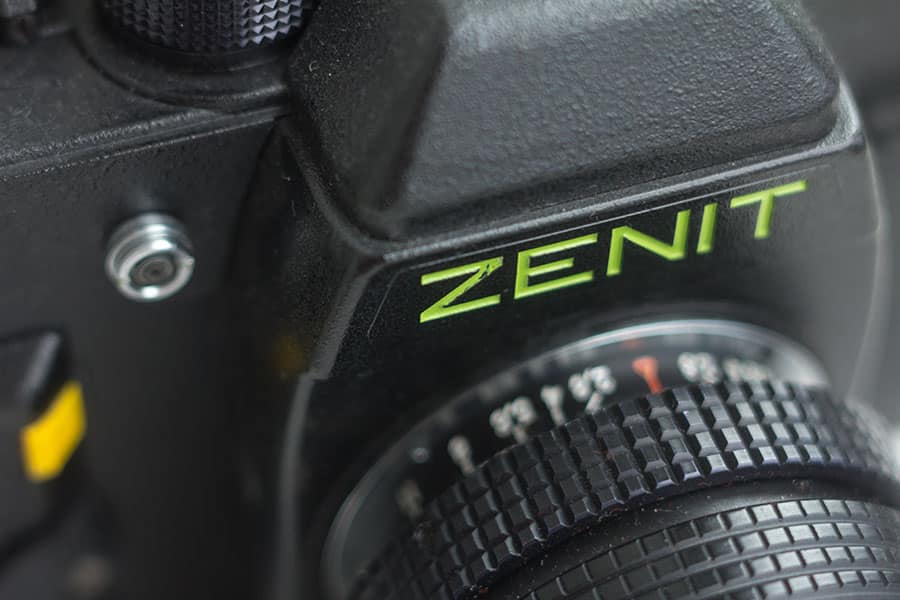
The Zenit-15M camera has a fairly good viewfinder. It is quite bright, but, like in older models, it covers only 65% of the future frame. Focusing is done with a ground glass with a microprism and split image in the center.
And again, like all previous SLRs produced at KMZ and BelOMO, Zenit-15M has a shutter inherited from the Zorki rangefinder, which in turn copied the shutter from the very first Leica cameras. Even at the beginning of the 1990s, such a five-speed shutter was hopelessly outdated. The slowest shutter speed is 1/30 and the fastest is 1/500.
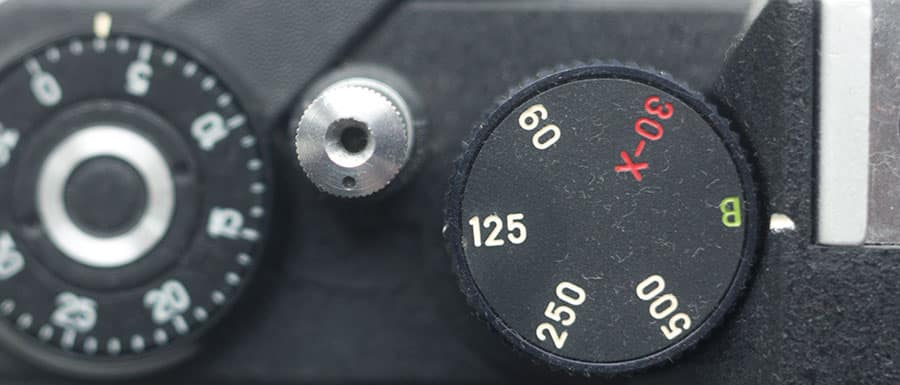
Conclusion
Despite all its shortcomings, Zenit-15m is quite a good camera for a beginner photographer. The cost of this film SLR is approximately equal to the cost of one roll of film. But as we said above, we like the products of the KMZ plant more, and we would recommend Zenit-122 to you more.
ZENIT-15M REVIEW
